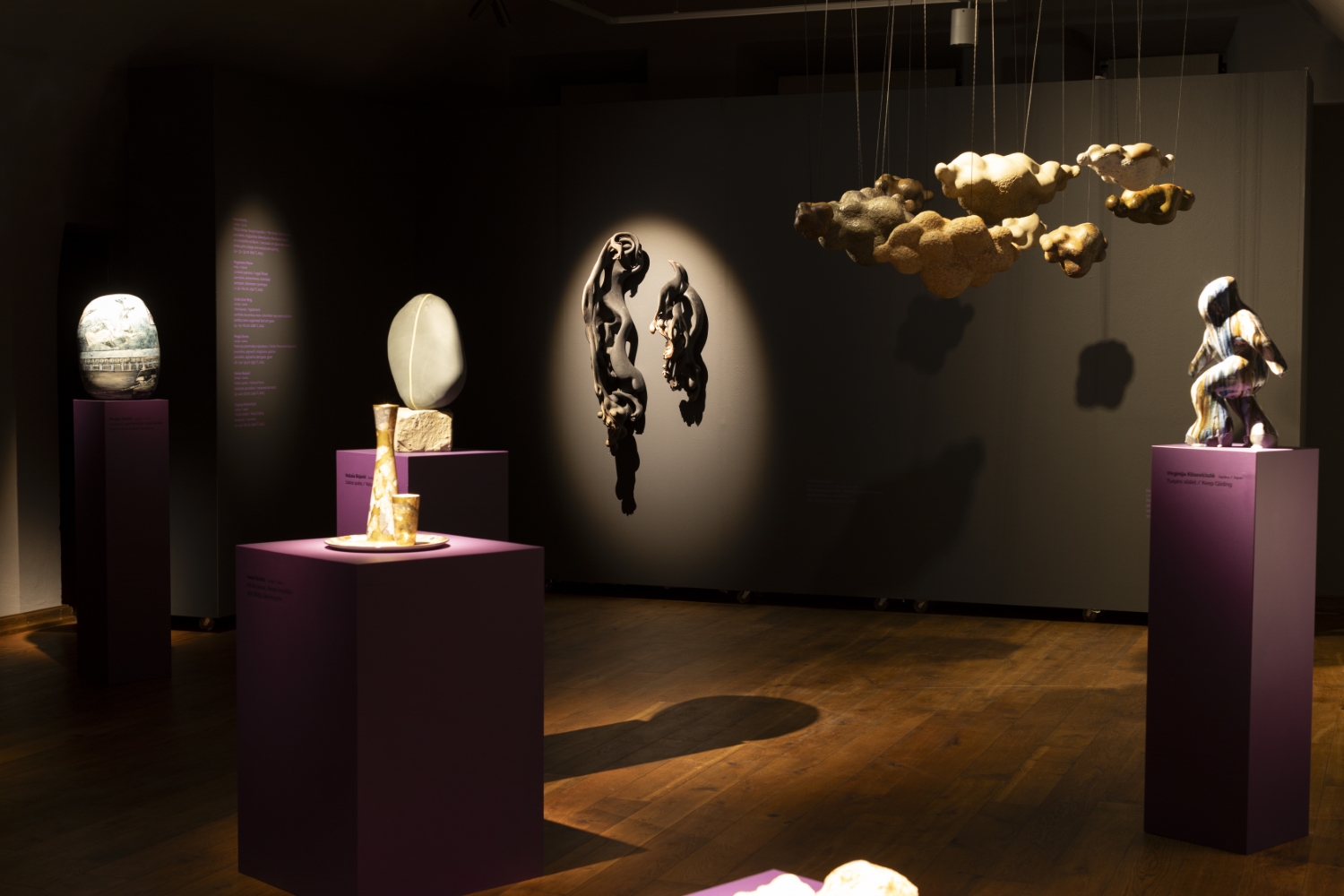- Interview with the curators
- Martinsons Award 2023
- Walking Together – Portuguese exhibition
- Self-Medication – Korean exhibition
- Agnė Šemberaitė – Fear Whispering: A Journey Within
- Sanita Ābelīte – Terra
- Dainis Pundurs – Visualising Gravity
- Kaspars Geiduks – Elements
- Elīna Titāne and Una Gura – 3+4
Self-Medication: Korean Ceramic Art

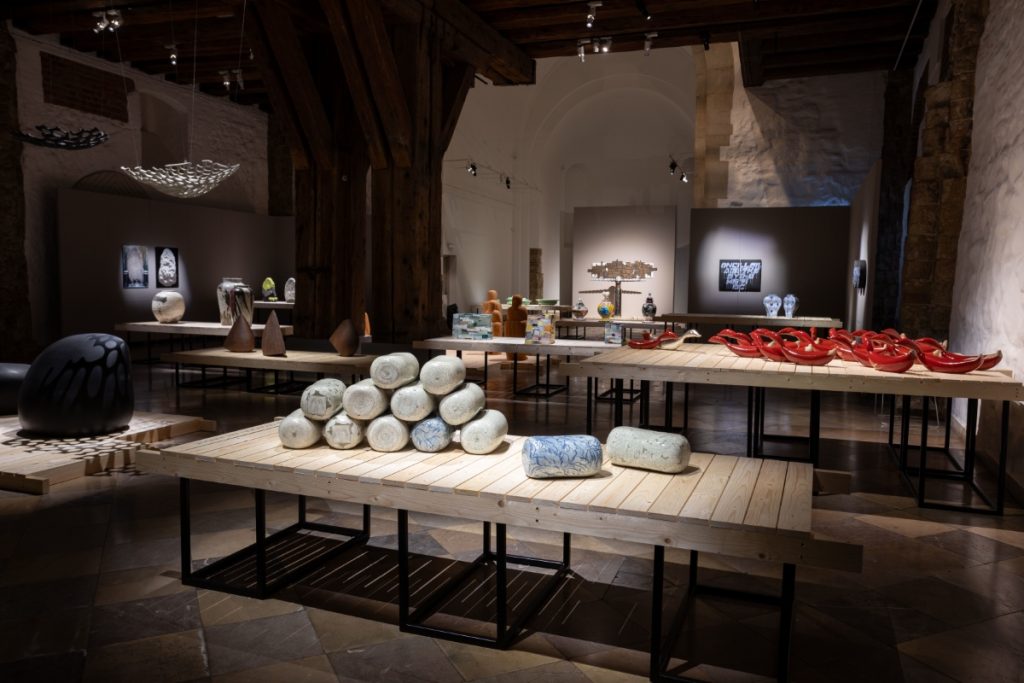
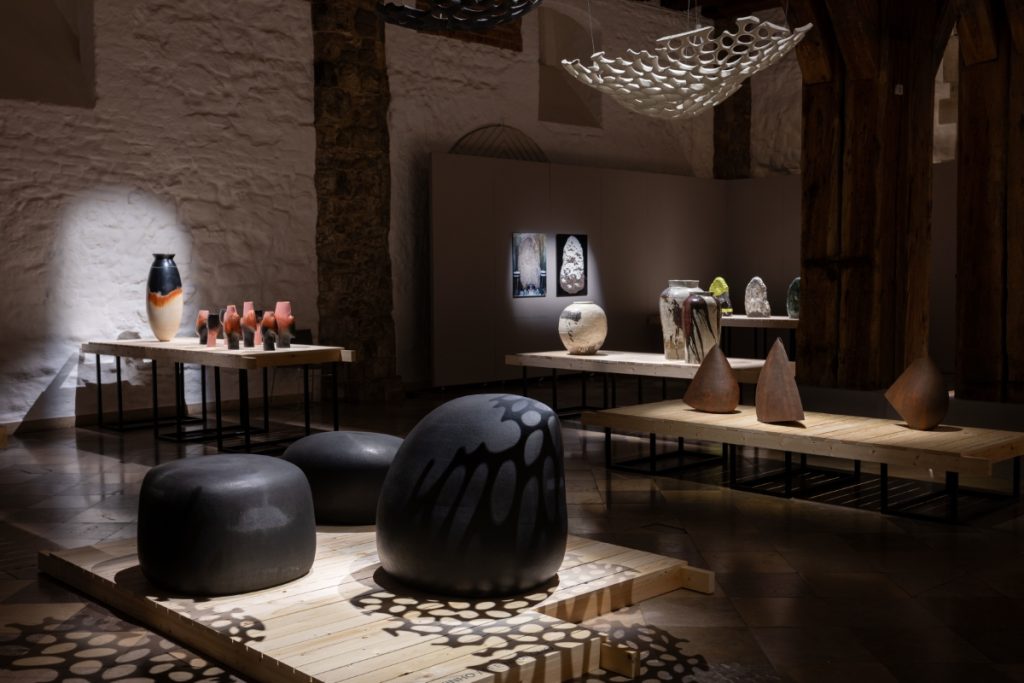
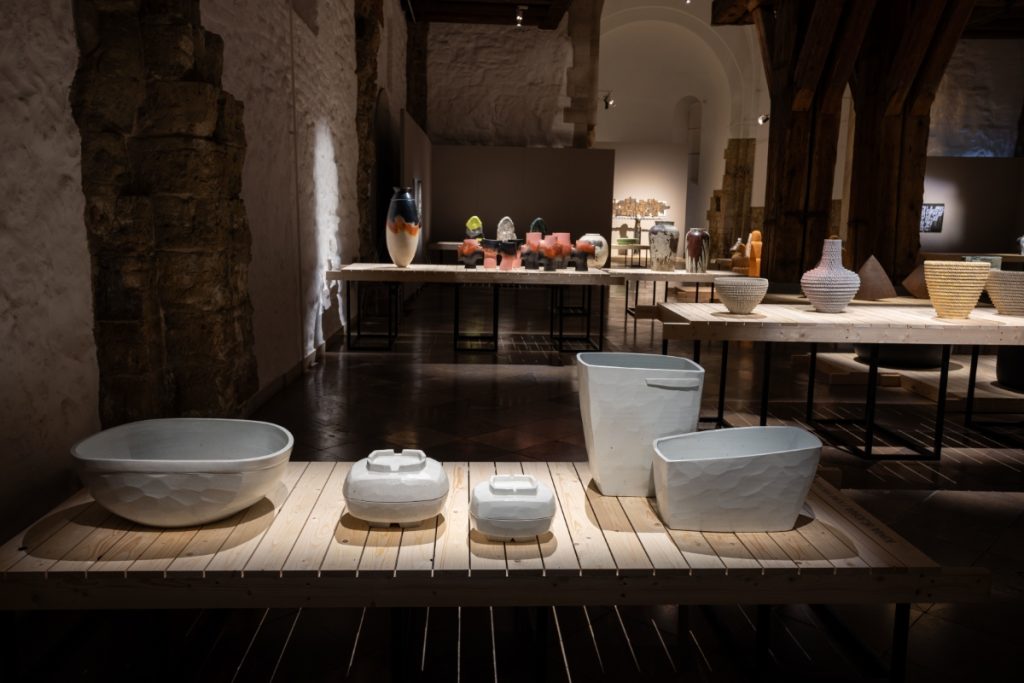
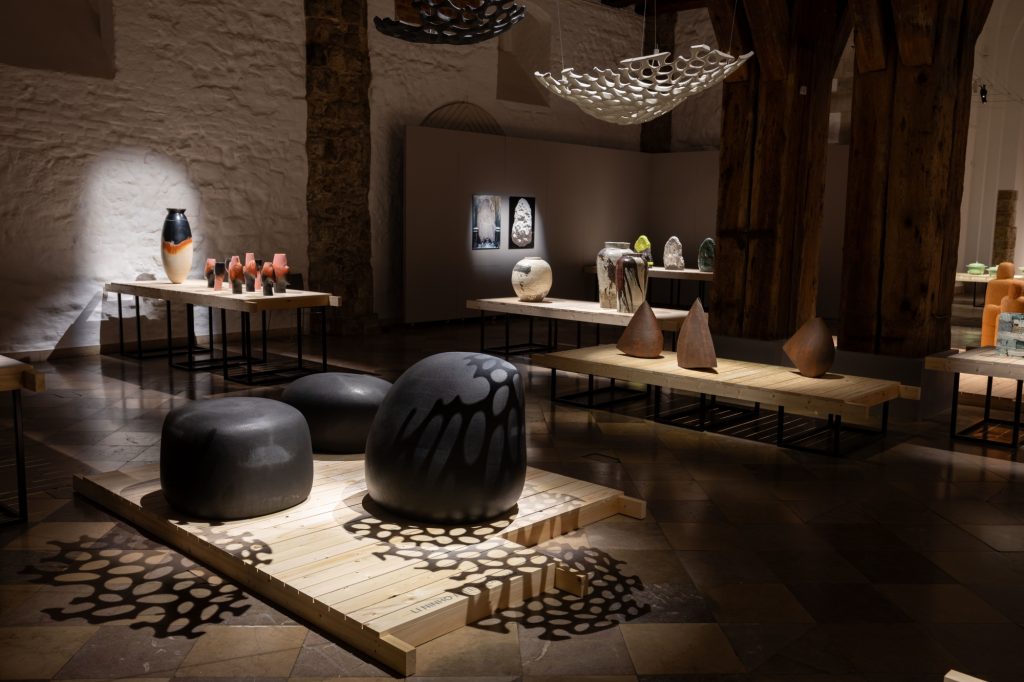
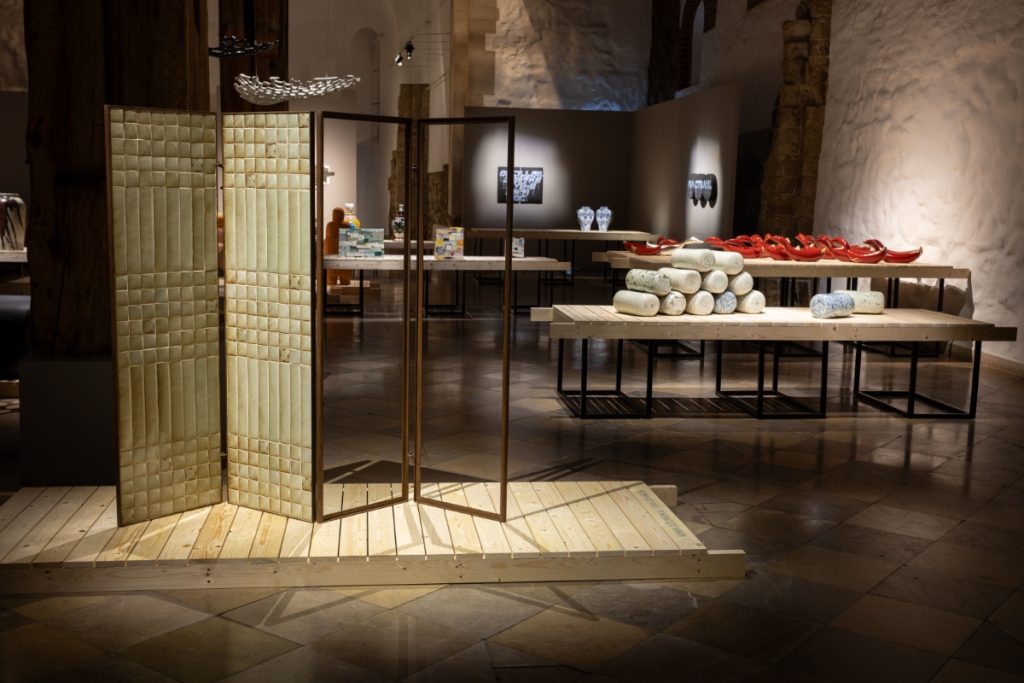
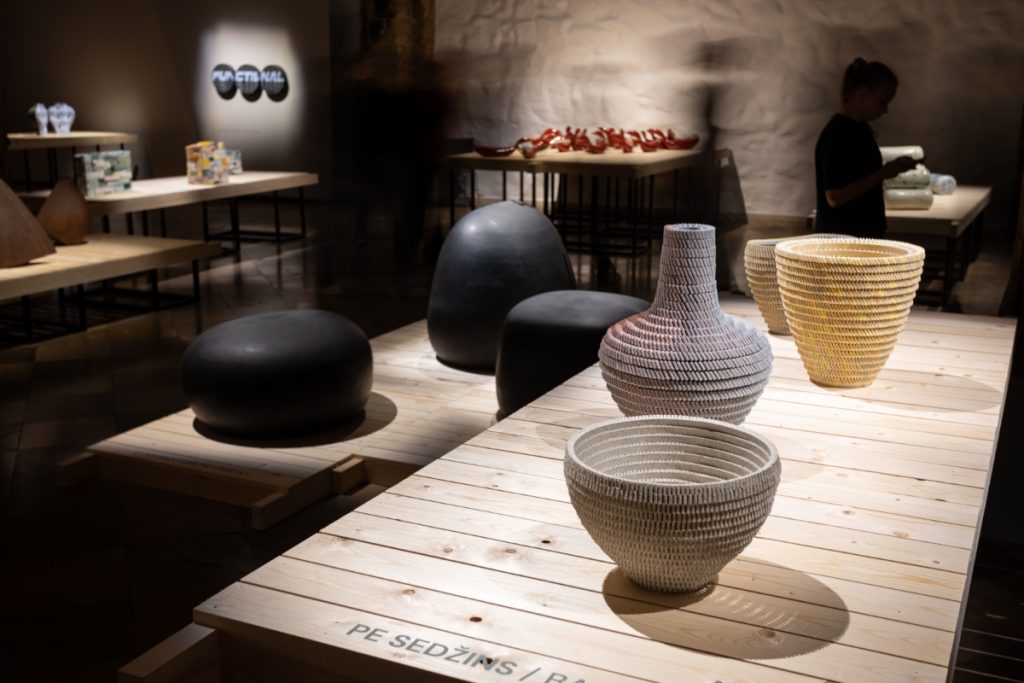
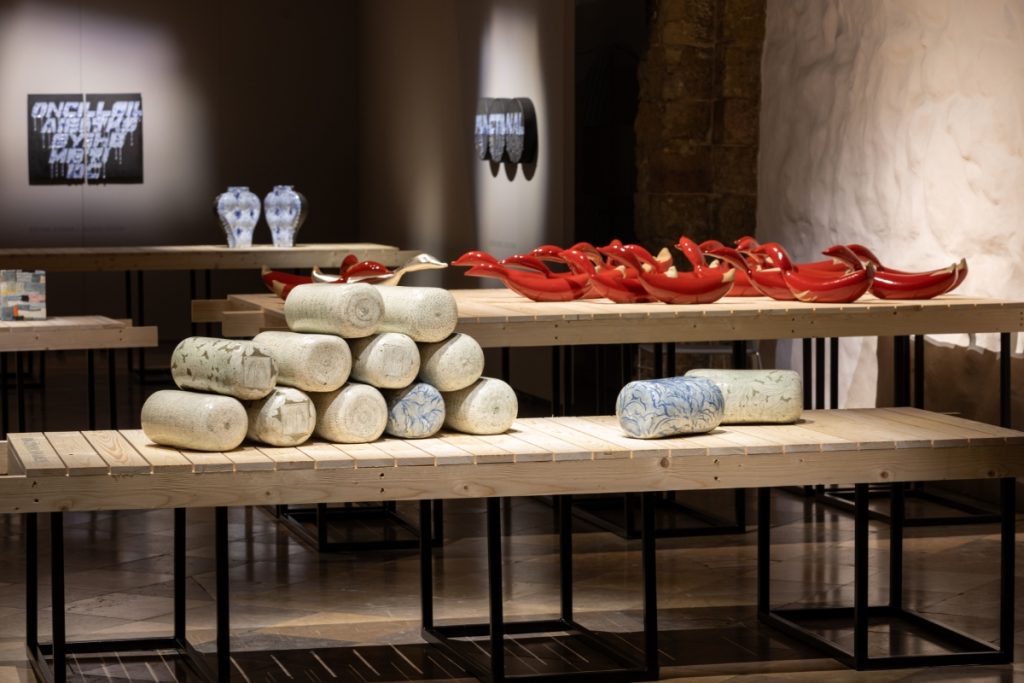
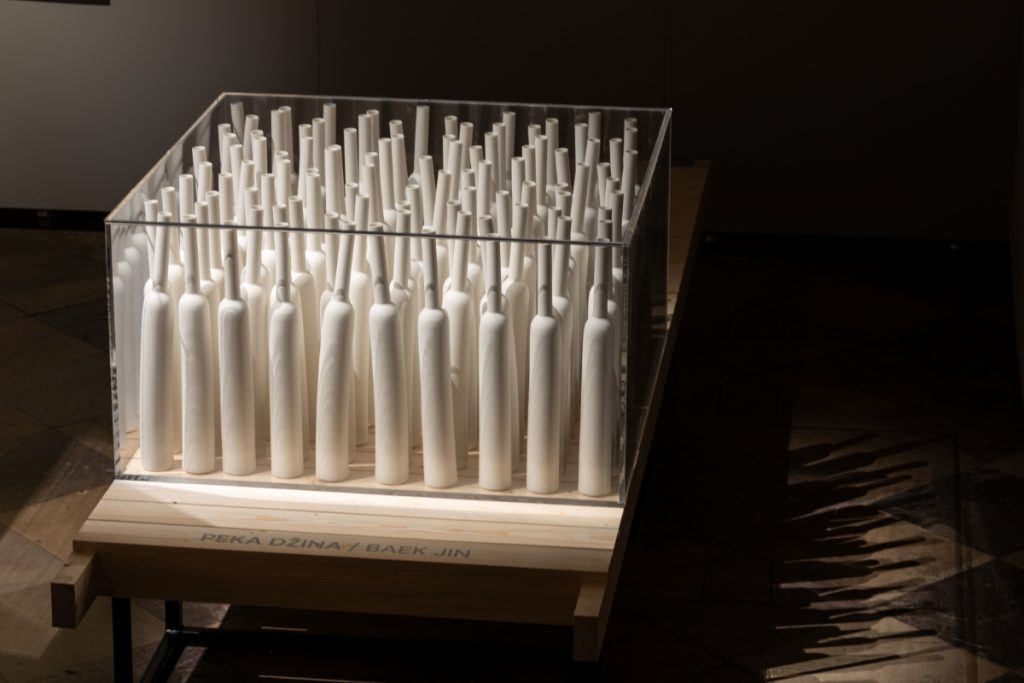
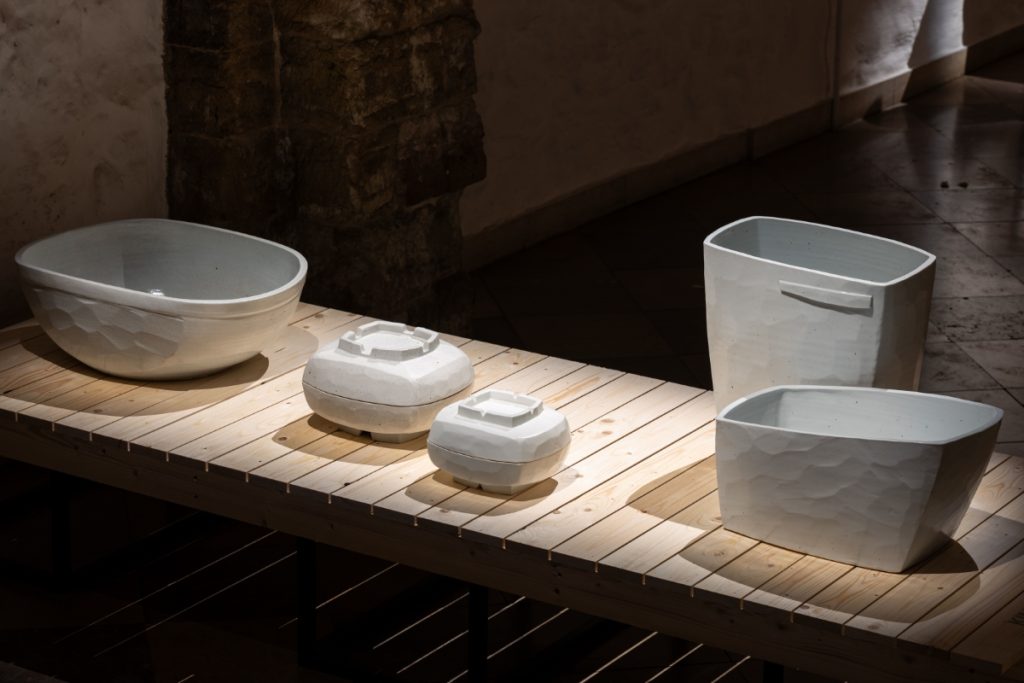
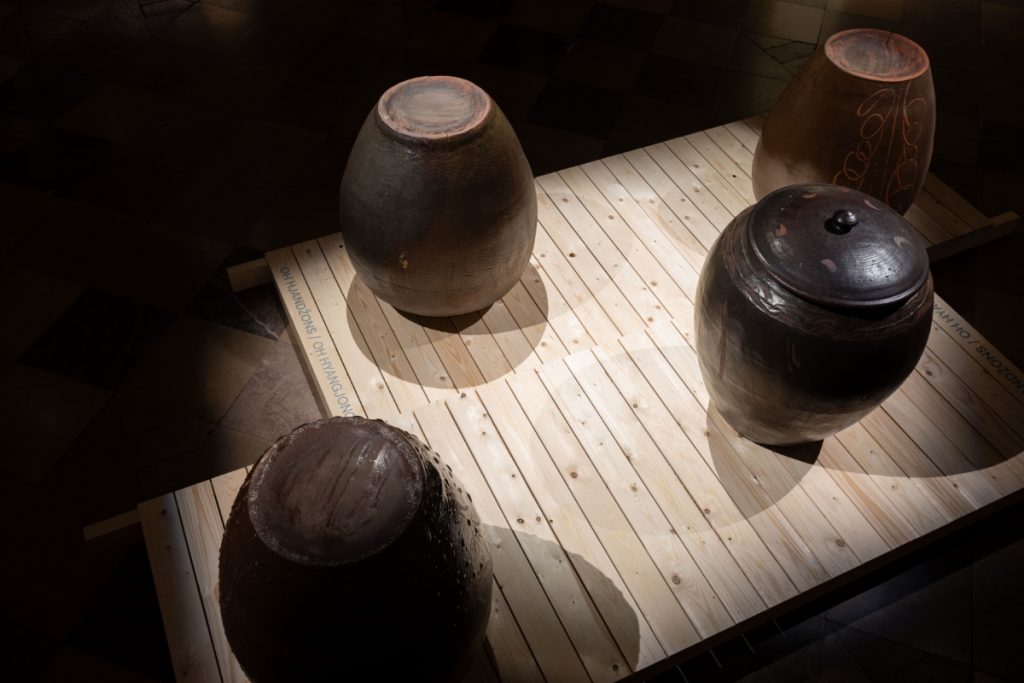
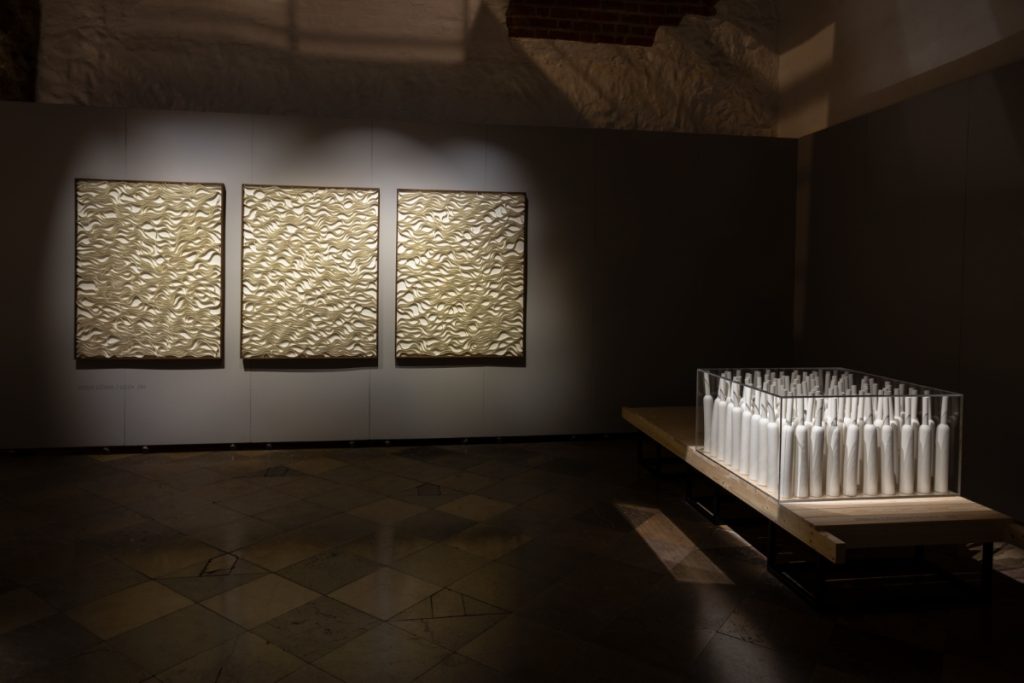
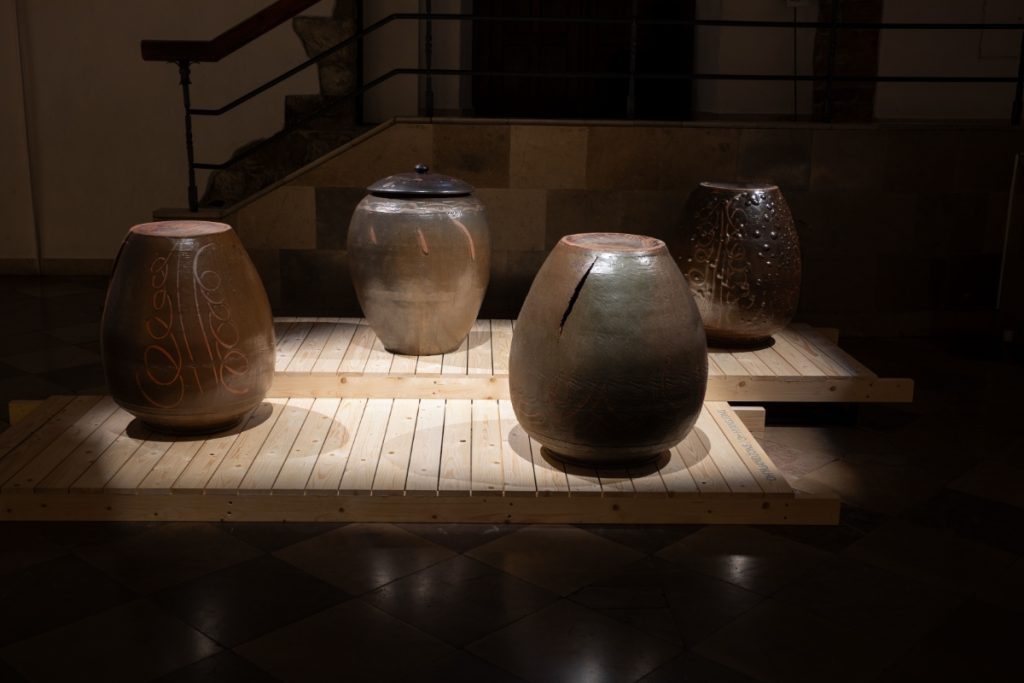
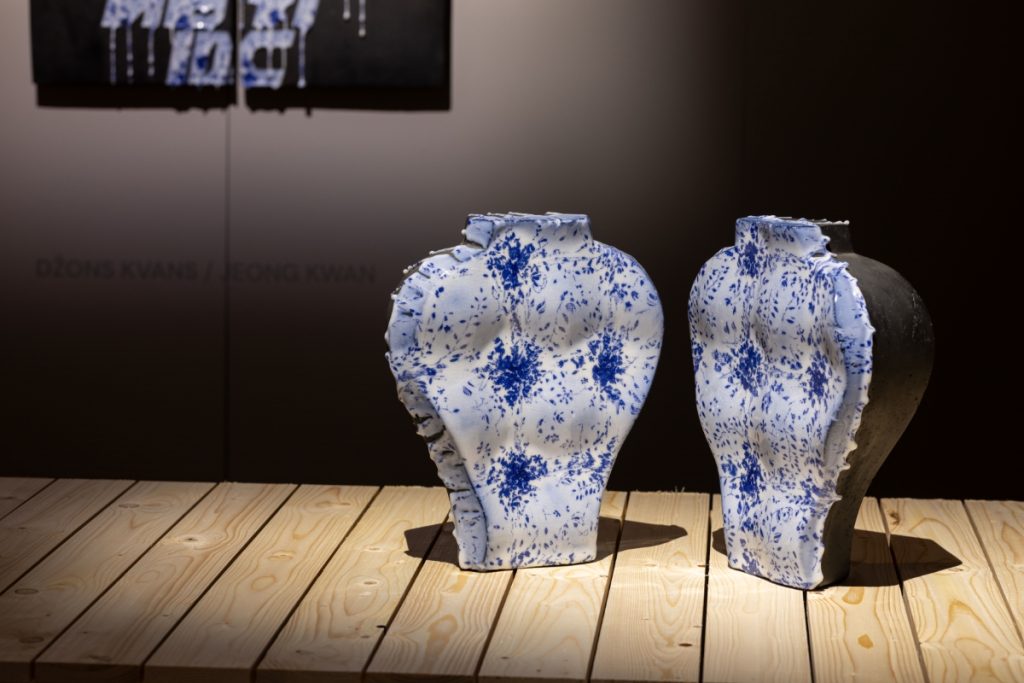
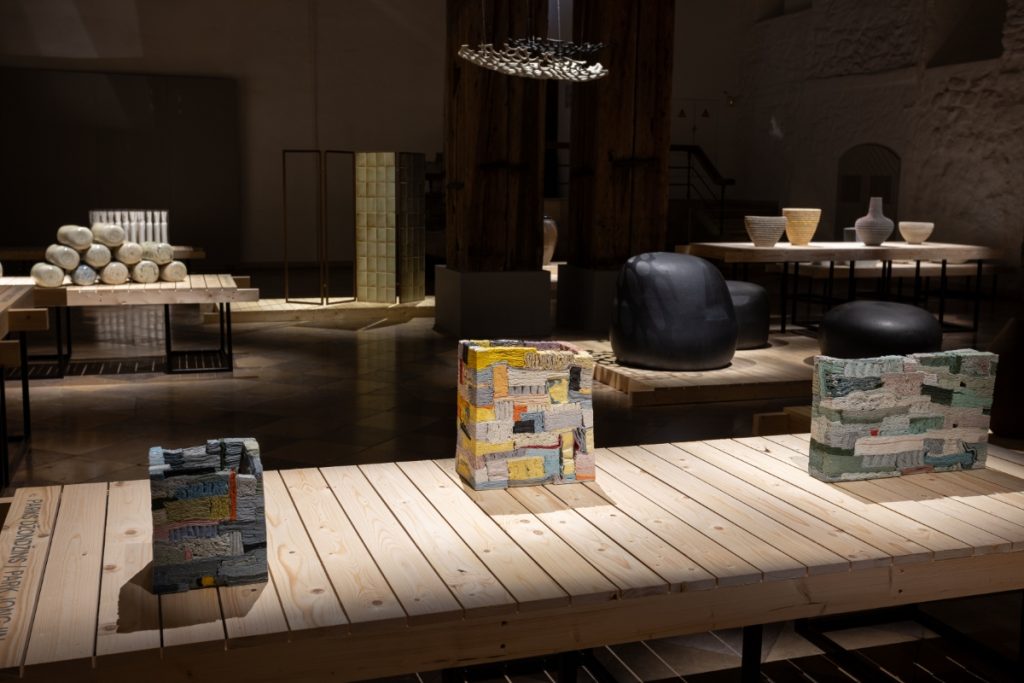
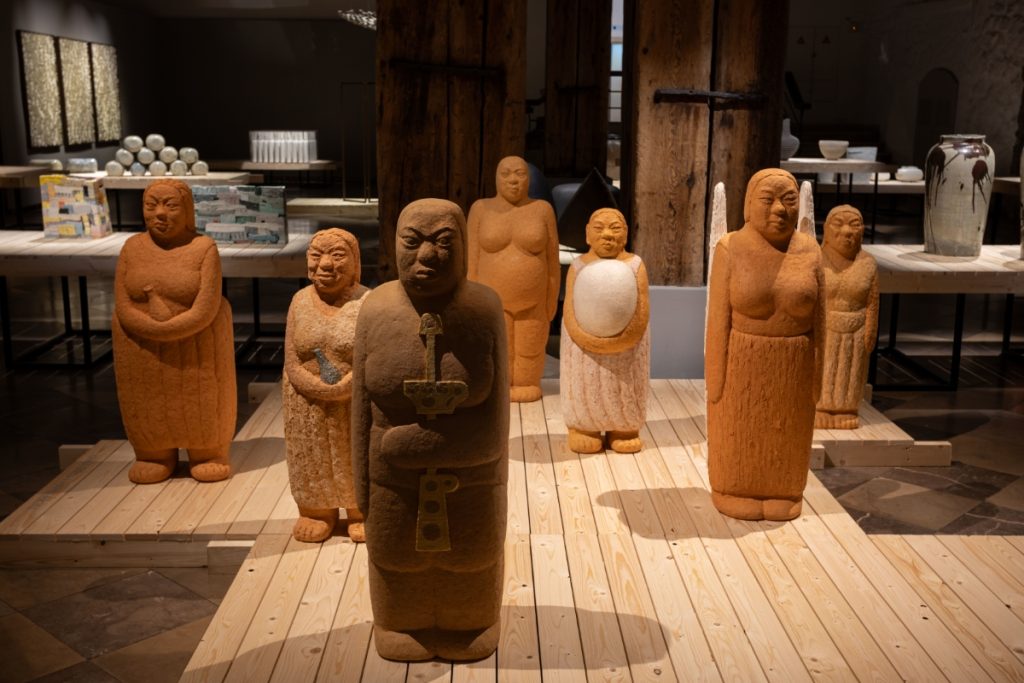
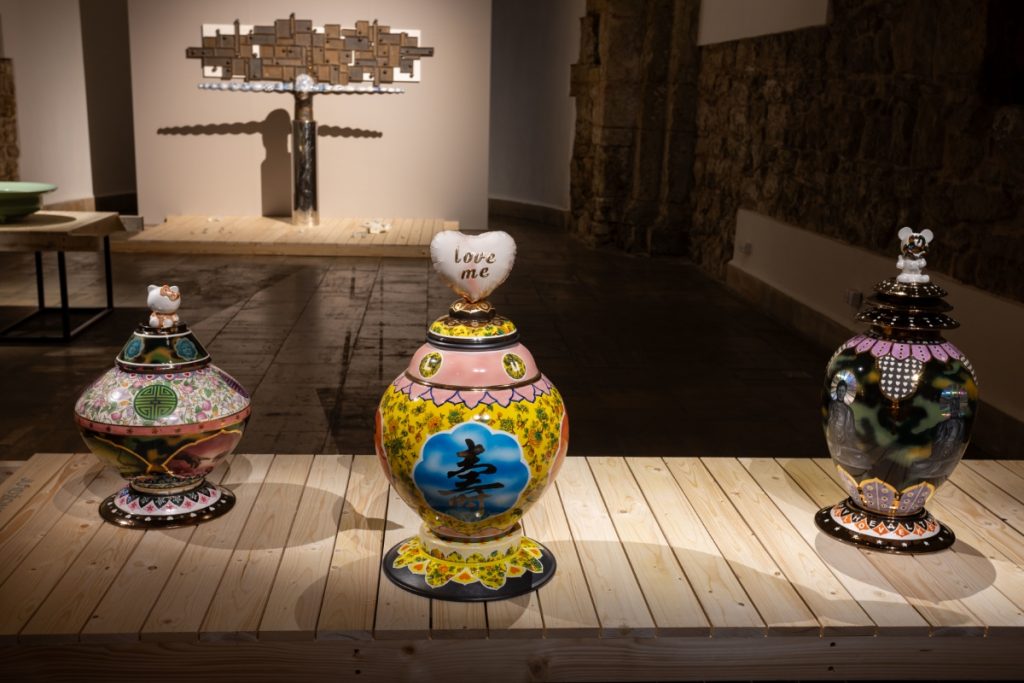
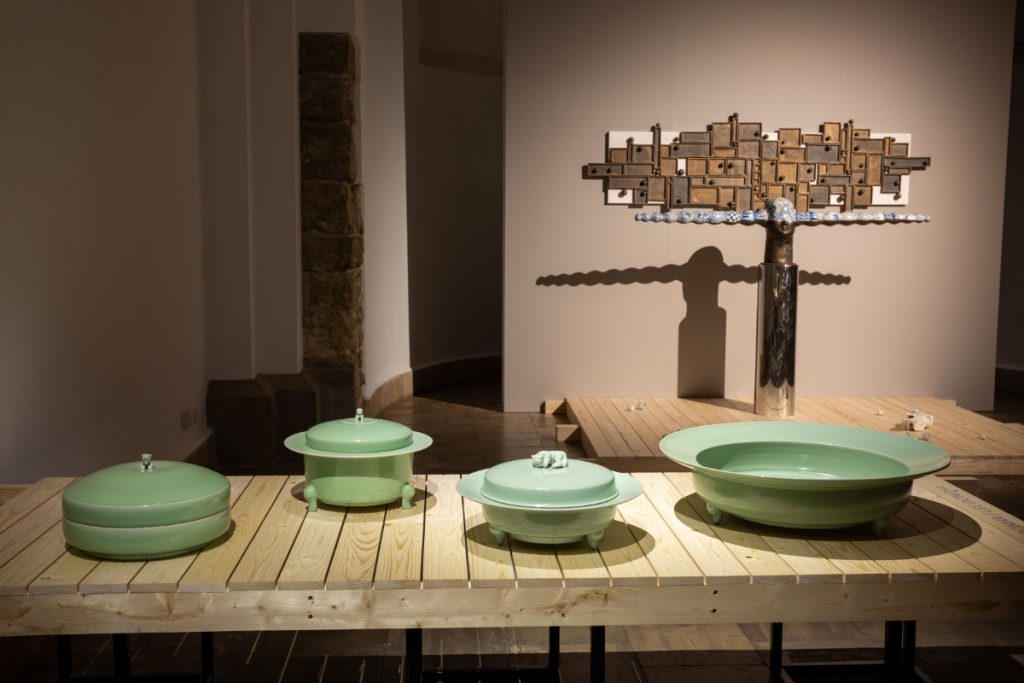
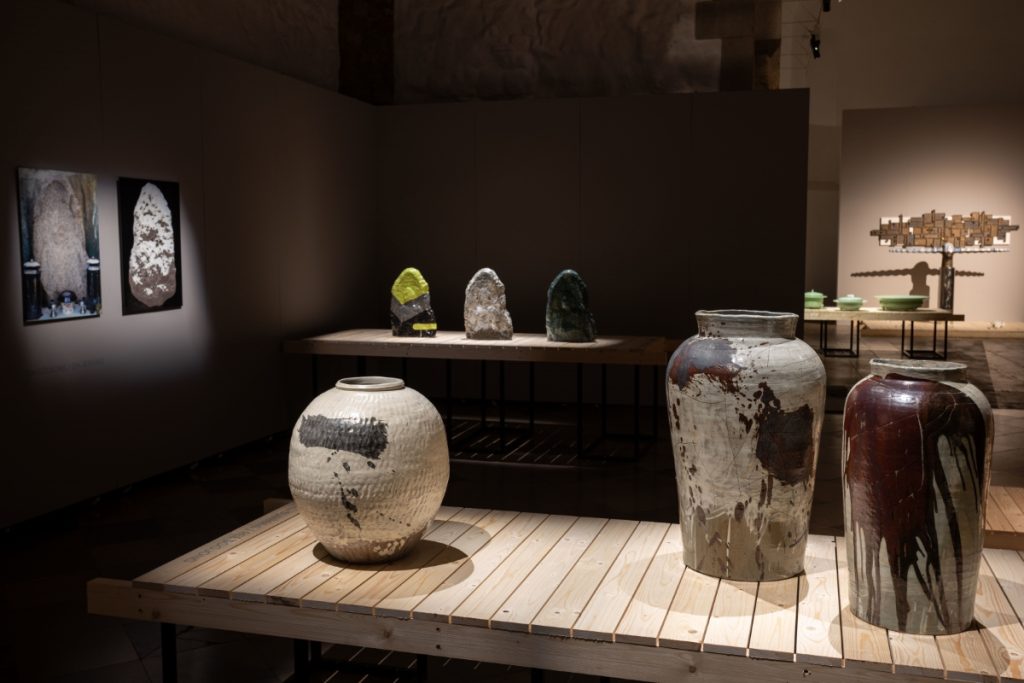
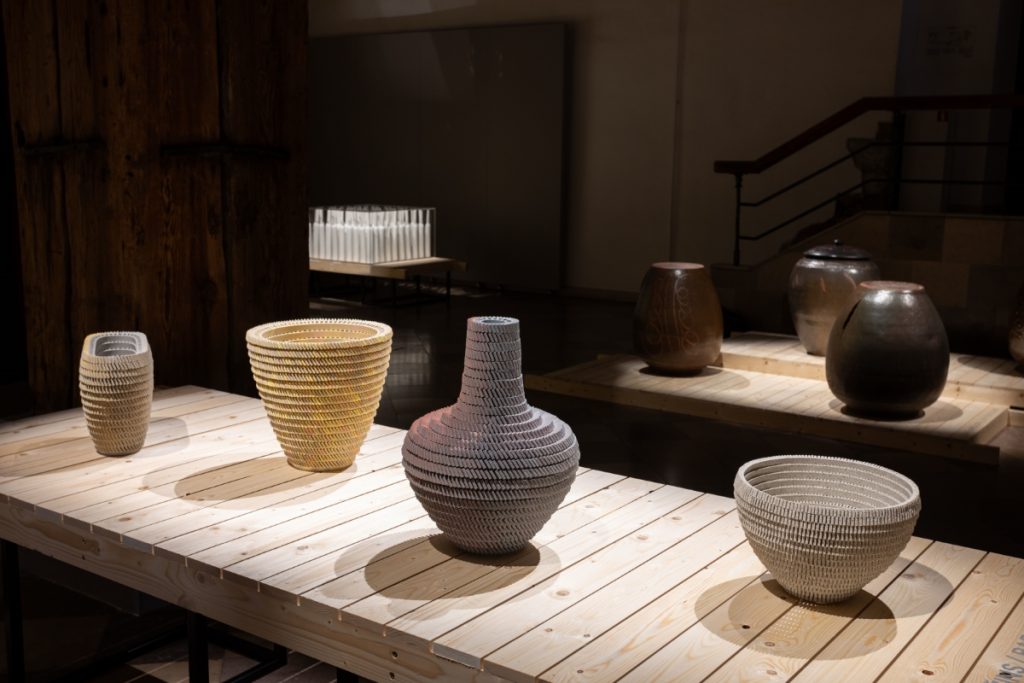
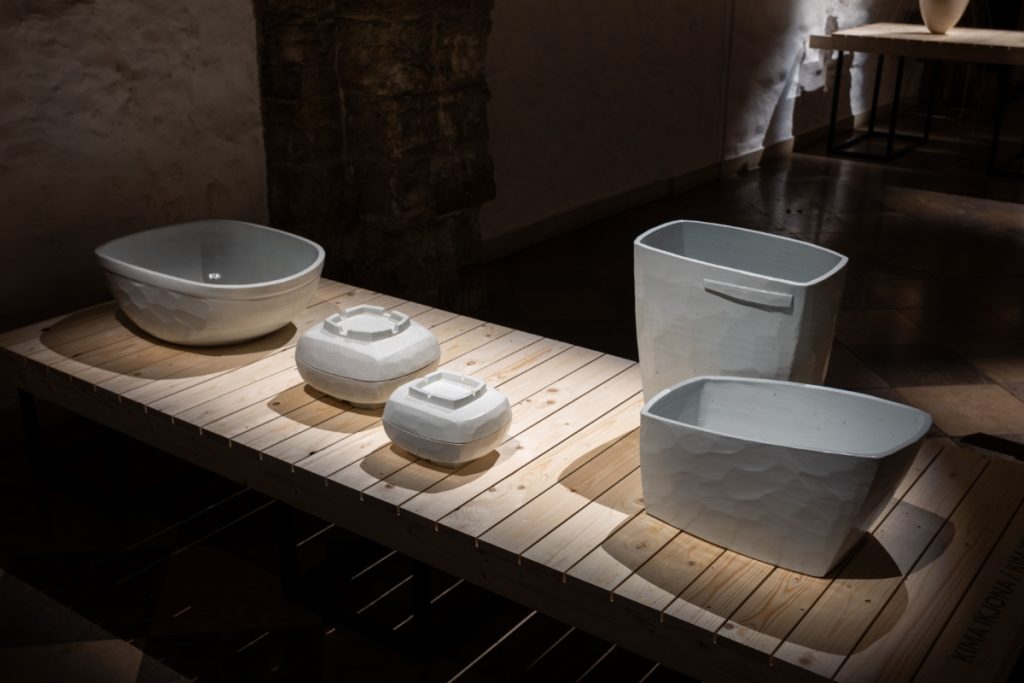
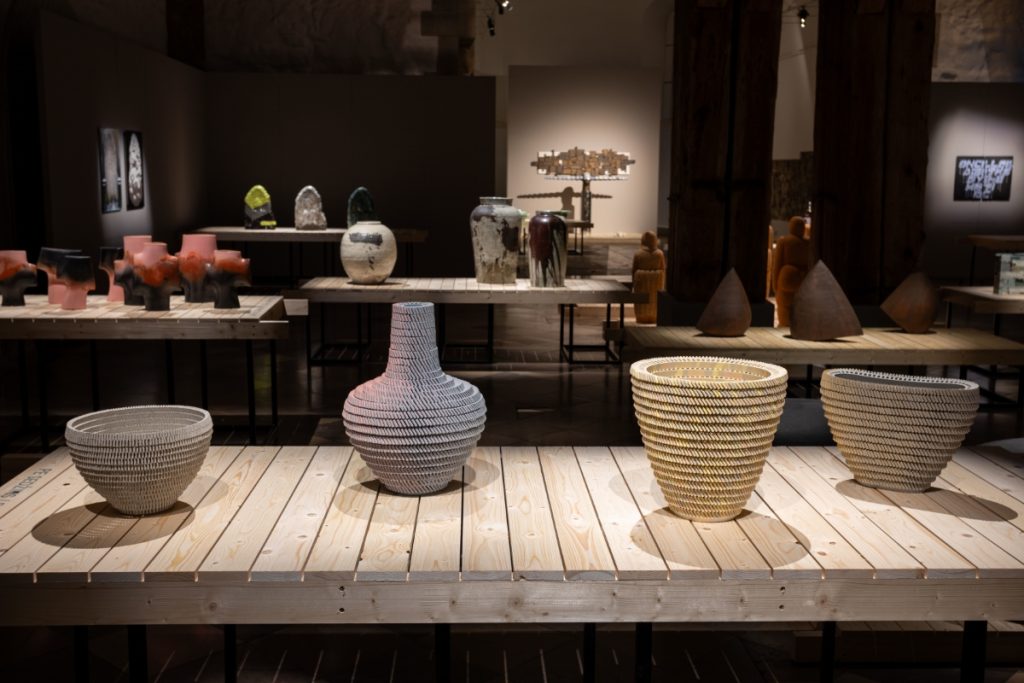
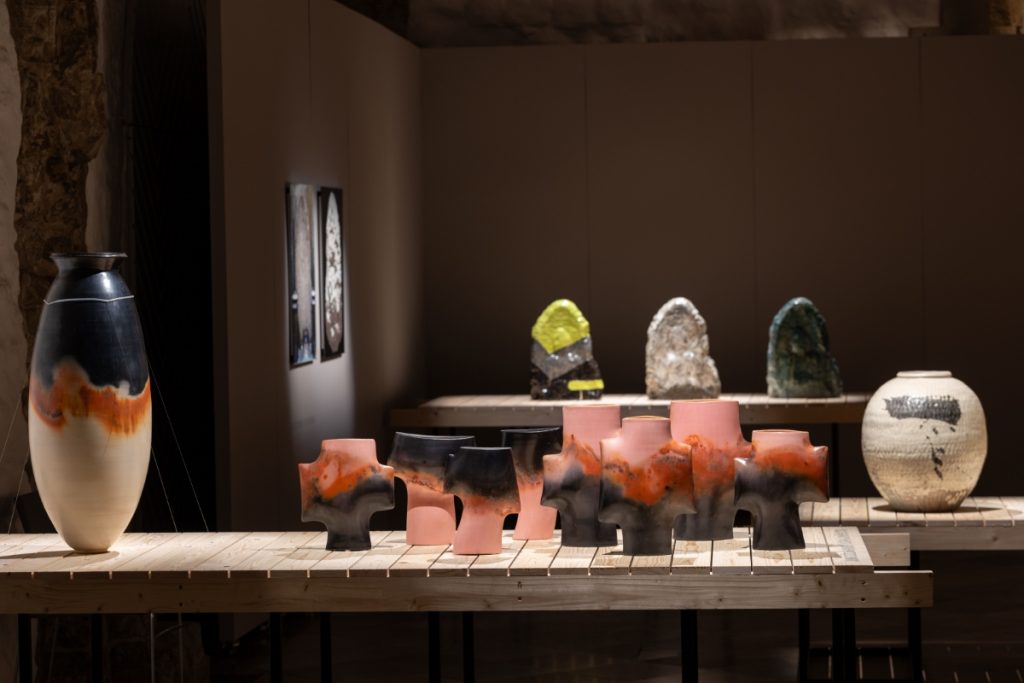
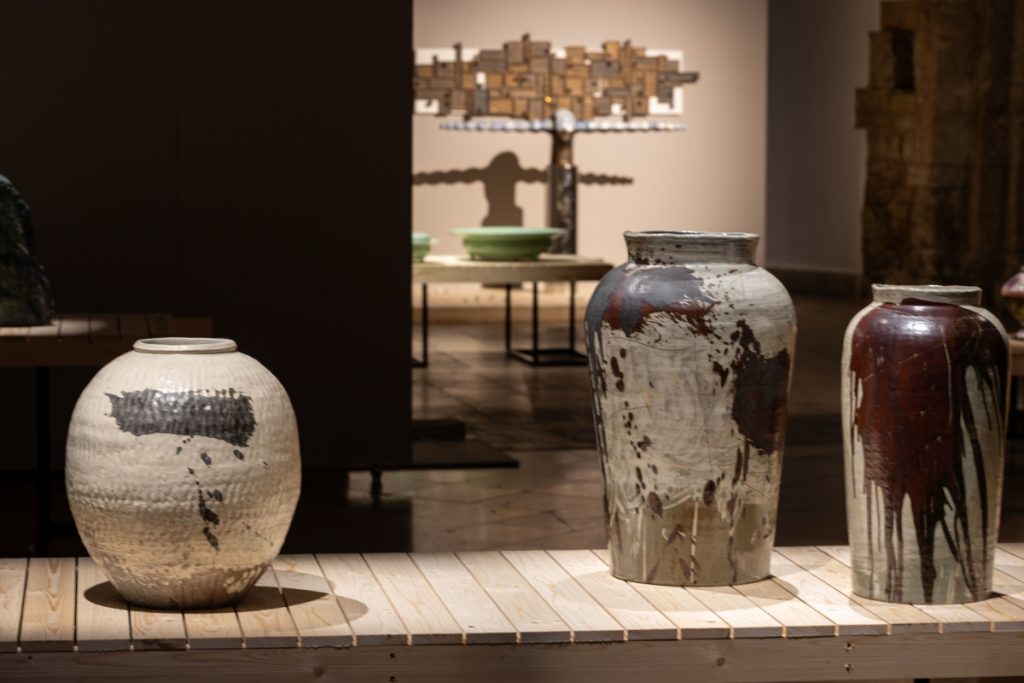
Self-Medication: Korean Ceramic Art is opened as part of the guest country exhibition at the Latvia Ceramics Biennale 2023. This show highlights the latest in contemporary Korean ceramic art, which has built a strong presence in the global topography of contemporary ceramic art by shedding light on different artworks, and in turn, explores the future of ceramic art and the core values that the ceramic art field as a whole, including that in Latvia, must strive for.
It is close to impossible to define contemporary ceramic art in succinct terms. Many genres of art are converging with clay as the medium, and the forms and expressions of ceramics are being reorganized and expanded. Meanwhile, media art, photography, and performance art, are sometimes seen as new parts of ceramic art. However the question remains whether the increased use of ceramics as a medium can in fact be seen as the fruits of ceramic art. Self- Medication: Korean Ceramic Art is an attempt to determine the origin and center for Korean ceramics within the expanding borders of ceramic art, and aims to contemplate the future direction of Korean ceramics.
Contemporary Korean ceramics arose from the desire to reconnect with severed traditions when the country was left in disarray after independence and the subsequent Korean War (1950-1953). It began to take shape as the Korean ceramics scene started to embrace Western styles and ceramics courses were established in universities in the early 1960s. Most works were rooted in tradition until the early 1970s. However, rapid economic growth, changes in culture and the community, and increased international exchange led to form-centric ceramic trends beginning from the late 1970s into the early 1980s. Furthermore, as postmodernism began to take hold of the art world, including the ceramics field, more artists began to experiment with themes, materials, and techniques after the 1980s. The National Museum of Modern and Contemporary Art, Korea held an exhibition entitled The Thirty Years of Korean Contemporary Ceramic Art in 1994, which was an overview of contemporary ceramics from an art historical point of view. Soon afterwards in 2001, the Gyeonggi World Ceramic Exposition was held with the aim of fostering the ceramics industry in Gyeonggi-do and promoting Korean ceramic culture around the world. The event allowed the Korean audience to share the expanded horizon of ceramics, rekindle their interest in ceramics, and became the chance for Korean ceramic art to find a home for itself on the world stage. Since the 2000s, Korean ceramics has been integrating new technologies and approaches to values, sensibilities, and media based on different cultures through exchanges with the outer world. Now, Korean ceramics is part of a wave of new culture and change as crafts, design, and the wider artistic realm intersect, overlap, and expand. Ceramic art, which set forth from the headwaters of traditional ceramics, has converged with different waterways and is now headed for the deep, wide ocean. Where are we heading now? If the sea is the scope of Korean ceramics, then what can we find in the deepest, most secretive depths of the ocean? Self-Medication: Korean Ceramic Art poses questions to the ceramic art community as a form of medication for these questions and urges us to fiercely answer them.
Compared to contemporary art, there is a sore lack of academic research and critical discussion on ceramic art. The definition, evaluation, potential, and outlook always come from the outside in, and contemporary ceramics’ half-hearted, hesitant voice wasn’t enough to persuade the rest of the world. Before seeking advice from the outside regarding how ceramic art may move forward (or perhaps drift forward) I hope that it regains recognition and gains the ability to foresee its own future prospects thereby getting the traction to move forward by its own accord. This is what Self-Medication: Korean Ceramic Art aims to voice.
This exhibition is not about shedding light on the 16 Korean ceramic artists’ art-making processes, nor is it about learning about their worlds of art. These artists that represent 16 different facets of Korean ceramic art are case studies of artistic practice that push us all to apply ourselves and overcome hurdles. I hope that these examples can serve as a sort of nautical chart that enables us to review our perspectives and experiences, discovering and navigating pathways through each individual’s world. The new definition of ceramic art must be a home and an ecosystem for various artistic genres to live and coexist within, and a common pool or resource, entailing the concept of integration instead of division.
Text by Leeji Choi, Curator at Gyeonggi Museum of Contemporary Ceramic Art
Cooperation between the Latvian Centre for Contemporary Ceramics and the Gyeonggi Museum of Contemporary Ceramic Art in Korea began in 2021 when the two institutions discussed possible exhibition exchanges. Self-Medication: Korean Ceramic Art is our Korean partners’ response to Safe Horizons – a vast exhibition of Baltic contemporary ceramics held at the Gyeonggi Museum of Ceramic Design in Yeoju in 2022–2023. The new exhibition is a significant event in the Latvia Ceramics Biennale programme. The Biennale theme is Troubled Waters, inviting the artists to offer their personal take on its cosmogenic connotations. On top of that, the restless flow of water is an apt, compelling metaphor for flight of thought, a fine material approximation for the physically intangible. In this intriguing context, Self-Medication tells the emergence story of Korean contemporary ceramics with a strong focus on “self-growth” achieved by nurturing traditions and extracting from the heritage of yesteryear that which is timeless and will nourish both the culture of the present and its future progress in the years to come.
Text by Valentīns Petjko and Aivars Baranovskis, Latvian Centre for Contemporary Ceramics / Rothko Museum
- Interview with the curators
- Martinsons Award 2023
- Walking Together – Portuguese exhibition
- Self-Medication – Korean exhibition
- Agnė Šemberaitė – Fear Whispering: A Journey Within
- Sanita Ābelīte – Terra
- Dainis Pundurs – Visualising Gravity
- Kaspars Geiduks – Elements
- Elīna Titāne and Una Gura – 3+4


